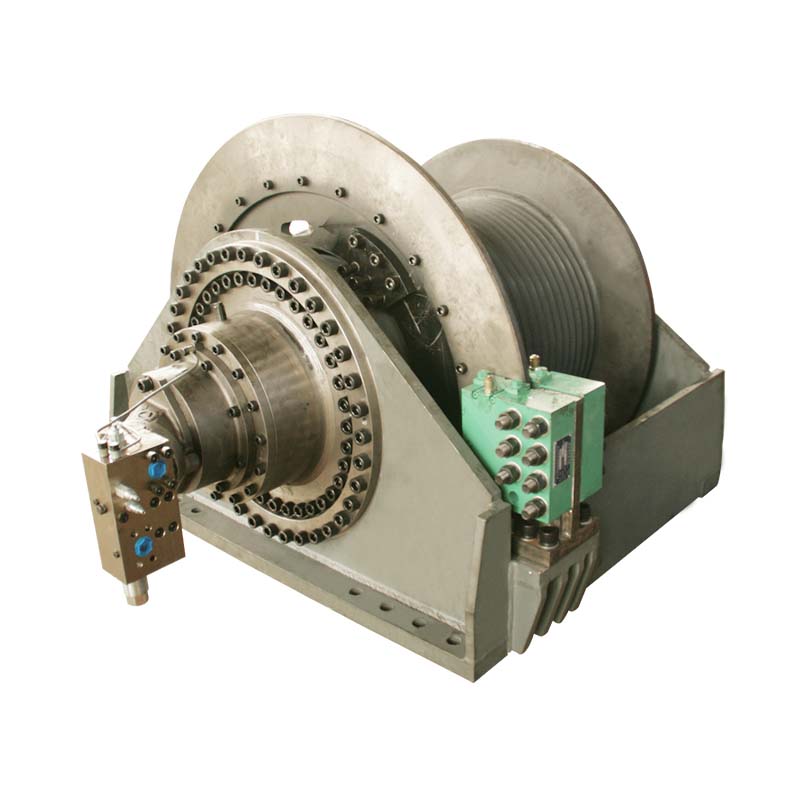How is the maximum load capacity of a hydraulic winch calculated
The maximum load capacity of a hydraulic winch is typically calculated based on several factors.
Here is a general guideline for calculating the maximum load capacity:
1. Determine the winch's line pull rating:
The line pull rating is the maximum force that the winch can exert on the load.
It is usually specified by the manufacturer and can be found
in the winch's specifications or documentation.
2. Consider the winch's drum capacity:
The drum capacity refers to the amount of rope or cable that can be wound onto the winch drum.
It is important to ensure that the drum capacity is suitable for the intended load.
If the load exceeds the drum capacity, it may affect the winch's performance and safety.
3. Account for the working load limit (WLL) of the rope or cable:
The WLL is the maximum load that a rope or cable can safely support.
It is determined by factors such as the material, diameter, and construction of the rope or cable.
The winch's maximum load capacity should not exceed the WLL of the rope or cable being used.
4. Consider the duty cycle and operating conditions:
The maximum load capacity may also be influenced by the duty cycle of the winch
(i.e., the duration and frequency of use) as well as the operating conditions
such as temperature, terrain, and environmental factors.
It is important to ensure that the winch is suitable
for the specific application and conditions it will be used in.
It is important to note that these calculations are general guidelines,
and it is recommended to consult the manufacturer's documentation
or seek professional advice for precise calculations and specific winch models.
Saivs brand
- Mobile Table Lift
- rexroth 4wrze10 4wrze16 4wrze25 4wrze32 series electro-hydraulic proportional directional valve
- Sanitation Truck Covering
- Smaller Pressure Fluctuation Denison Vane Parker Pump T6C For Sale
- AZPU series Rexroth Gear Pumps
- Counterbalance Valves CBIG
- Counter Balance Heavy Electric Stacker
- Two Way Two Position Normally Closed SV10-20M
- Rexroth HED series pressure switch hydraulic valves
- GM6 Series Low Speed Radial Piston Hydraulic Motor
